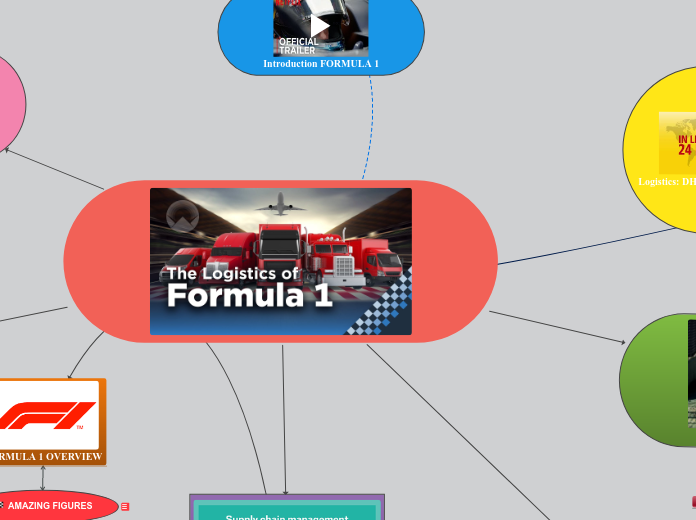por Graeme Smith hace 17 años
464
Naïve Bayes For Radar Micro-Doppler Recognition
The document encompasses a comprehensive exploration of using the Naïve Bayes classifier for recognizing radar micro-Doppler signatures. It begins with an introduction that reviews relevant papers and discusses the motivation and background for the work.









